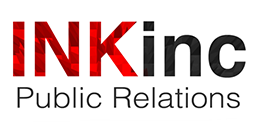An old adage has warned us that you cannot trust everything that is on the internet. If anything, the current presidential election was proof that this “old” tip still holds true. We already know traditional news sites tend to be at least somewhat biased to one of the two ends of the political spectrum, but why would there be outright fake news?
The most common reason is money. The more views a certain piece of advertising gets, the more the advertiser has to pay the host. If the host can maximize its views with outrageous news stories, then it stands to reason some people would attempt to take advantage of the system. It has become the new yellow journalism.
Google and Facebook have both committed to trying to curve fake news by cutting ad revenue from news sources their algorithms consider fake. While this is a start, some people have complained about the algorithms saying they either do too much (allegedly targeting far-right or conservative pages) or not enough.
Aside from the motive to earn a quick dollar, other users create fake news sites quite simply to promote misinformation and “troll” the world. Arguably, there is very little to benefit from this approach other than twisted satisfaction, but it still happens.
Unfortunately, this leaves us with a situation in which the viewer has to make a judgment call on whether to believe the news or not. Granted some intellectual effort by the reader is a good thing, but the reader lacks access to all the facts and information with which he or she could make an educated decision. The readers depend on the news source for that and if the readers have to question their own facts, then how can one expect to make an educated decision?
The answer to the problem with fake news sites is far from being discovered. Issues plague the concept of having the search engines be the judges of right and wrong, true or false, and the implication for the information we receive. Yet, Google and Facebook have begun the effort by at least targeting those sites which are most explicitly fake (usually the quality of the page, the type of content, and the length of time the site has existed are good indicators). In the meantime, you, the reader, can help curve the rise of fake news sites by not clicking on or sharing false information to reduce the odds of the piece trending.
